PRESS RELEASE: The Philippines Emerges as Southeast Asia’s Largest Rice Importer Amid Calls to Stop Rice Tariff Reduction and Repeal the Rice Trade Liberalization Law
by Domingo Ibanez | Published Jun 24, 2024
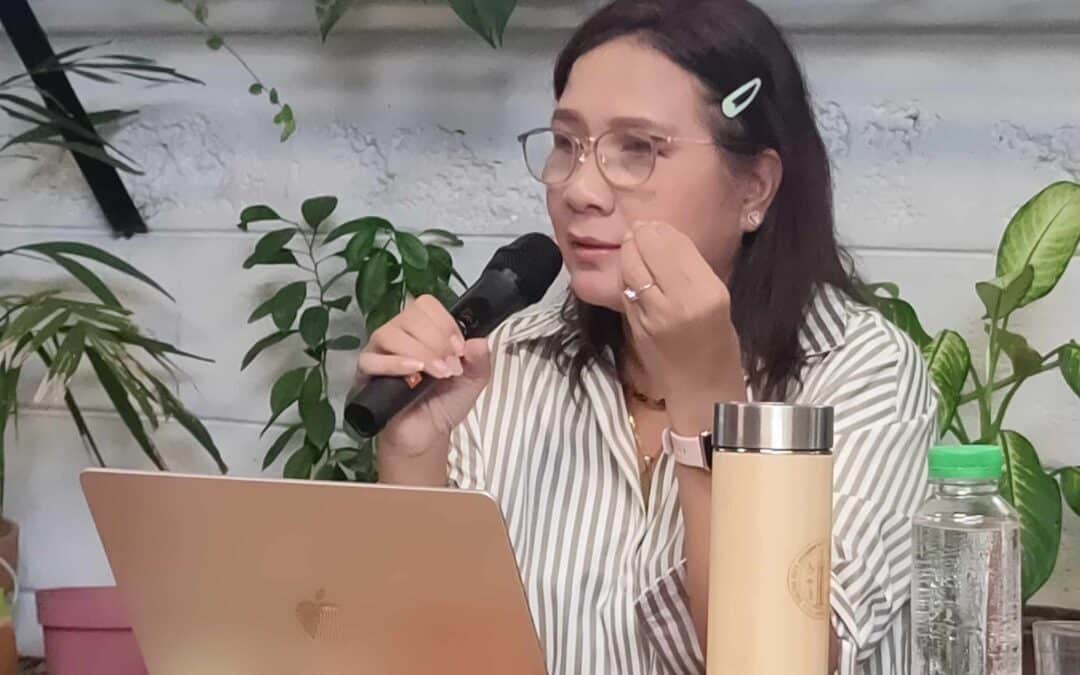
The Philippines Emerges as Southeast Asia’s Largest Rice Importer Amid Calls to Stop Rice Tariff Reduction and Repeal the Rice Trade Liberalization Law
The Integrated Rural Development Foundation (IRDF) views with alarm the approval of the National Economic and Development Authority (NEDA) Board chaired by President Ferdinand R. Marcos Jr. last week of the tariff reduction of imported rice from 35 percent to 15 percent until 2028. Emphasizing the adverse impact of the Rice Trade Liberalization (RTL) Law on the country’s 3.5 million small-scale rice farmers during a forum today organized by IRDF, FDC, and SINAG at Felicidad Restaurant, Quezon City, Ms. Arze Glipo, IRDF’s Executive Director states that further reduction of rice import tariffs will practically decimate the local rice industry as rice farmers have yet to recover from the massive income losses they incurred in 2019 when RTL was implemented. She added that the annual PhP10 billion tariff revenue earmarked for the Rice Competitiveness Enhancement Fund (RCEF) has failed to bail out farmers from bankruptcy as fertilizer and input costs have soared rapidly in the past four years while subsidies and cash assistance account only for about 10-20% of rising palay production costs.
The rosy promises of cheaper rice prices under the Rice Tariffication Law quickly vanished when rising international rice prices drove domestic prices to a 14-year high of P54 per kilo in December 2023, and they have remained elevated since then. Indeed, subjecting the country’s food security to the volatility of the international rice market as what RTL has done and what this recent policy intends to intensify is a sure recipe for disaster for a country whose 27% of the population remains impoverished and hungry, IRDF opines.
Tariff reduction does not automatically lead to lower prices for consumers. Instead, big importers tend to monopolize the market, resulting in decreased local production and harm to farmers. Local farmers face numerous challenges, including competition from cheaper imports, lack of access to modern farming technologies, inadequate infrastructure, and insufficient financial support. What the farmers currently need right now is increased farm input support instead of further tariff reductions, argues IRDF.
Dr. Rene Ofreneo, former UP Dean and President of the Freedom from Debt Coalition (FDC) explains arresting inflation with the reduction of rice import tariffs may be counterproductive as “historical experience shows that agricultural import liberalization does not automatically lead to the lowering of prices of food items. He adds that lowered tariffs benefit only the importers and traders “by keeping the prices of these items at a high level and by driving downward the gate prices for domestic harvests.” He concludes that the persistence of high food inflation and declining domestic food production will push the government to increase domestic and foreign borrowings to provide “ayuda” to poor consumers and poor farmers.
Import Trends and Challenges to the Rice Sector
According to agriculture consultant and former professor of the UPLB, Dr. Ted Mendoza, the Philippines is projected to import 4.1 million metric tons (MMT) of rice this year, surpassing last year’s import of 3.9 MMT. This trend highlights the country’s increasing reliance on rice imports, raising concerns about food security and self-sufficiency.
Despite the ongoing El Niño phenomenon, the Department of Agriculture (DA) claims that rice production remains robust. However, discrepancies in data used to calculate rice demand and supply have led to overestimated import requirements.
Recommendations for Sustainable Solutions
To arrest the current sharp rise in rice prices, IRDF suggests that the government should be able to reclaim its authority to regulate rice importation and domestic trade. Moreover, the government should procure palay from farmers through NFA, rice coops, and LGUs to collectively push domestic palay prices up to Php 23-25 per kilo. This ensures fair compensation for farmers, sustaining their livelihoods and encouraging increased rice production thereby ensuring stable domestic rice supply. Reforming while empowering the NFA to play a proactive role in price stabilization, preventing market manipulation by private traders, and ensuring that rice prices remain within reach for all Filipinos is vital. Increased funding for rice farmers, at least Php 30 billion annually should be allocated to improve agricultural infrastructure, provide access to better farming technology, and offer training and resources to farmers.
Dr. Mendoza also recommends several measures to support sustainable agricultural practices and local farmer empowerment. He states that strengthening the role of the National Food Authority (NFA) in maintaining adequate buffer stocks, aiming for a 60-day buffer stock, is crucial to ensure food security and price stability. Promoting sustainable farming practices, encouraging the adoption of biodiverse, integrated, and organic-sustainable (BIOS) agriculture, and supporting small-scale and family-owned farms are essential steps towards achieving sustainability. Diversifying food sources by promoting other carbohydrate-rich crops like corn and sweet potatoes can help reduce reliance on rice and achieve food self-sufficiency.
To enhance data accuracy and transparency, Dr. Mendoza suggests that it is necessary to reassess and re-calculate rice demand. Adopting a realistic per capita consumption rate (e.g., 119 kg instead of the inflated 151.3 kg) will provide a more accurate picture of national needs. Ensuring transparency in rice trading and importation processes and addressing issues such as corruption and market manipulation are essential for fostering a more equitable and efficient agricultural sector.
Conclusion
As it emerges as the largest rice importer in Southeast Asia, the Philippines must adopt policies that address the need for food self-sufficiency in the short and long term. Experience shows that tariff reduction does not automatically address inflation, as big importers tend to monopolize the market, hurting local farmers and decreasing local production. The challenge is to implement a balanced, holistic, pro-people development rice program that addresses both the supply and demand sides. Sustainable practices, efficient use of resources, and strategic policy interventions are crucial to mitigating the need for excessive imports and promoting a resilient agricultural sector.
For more information, you may contact Jojo Ibanez, IRDF Communications and Social Media Officer at Mobile number 09055111751 and Aya Jallorina at 09283136246.
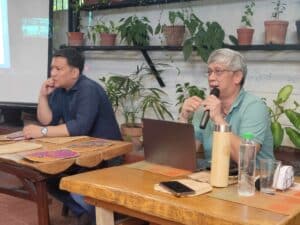
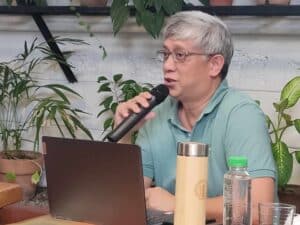

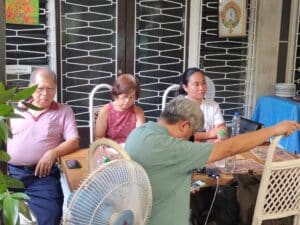

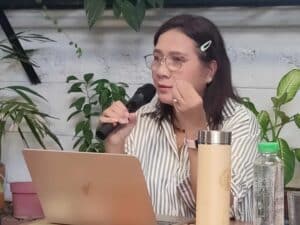
Post Views: 778







